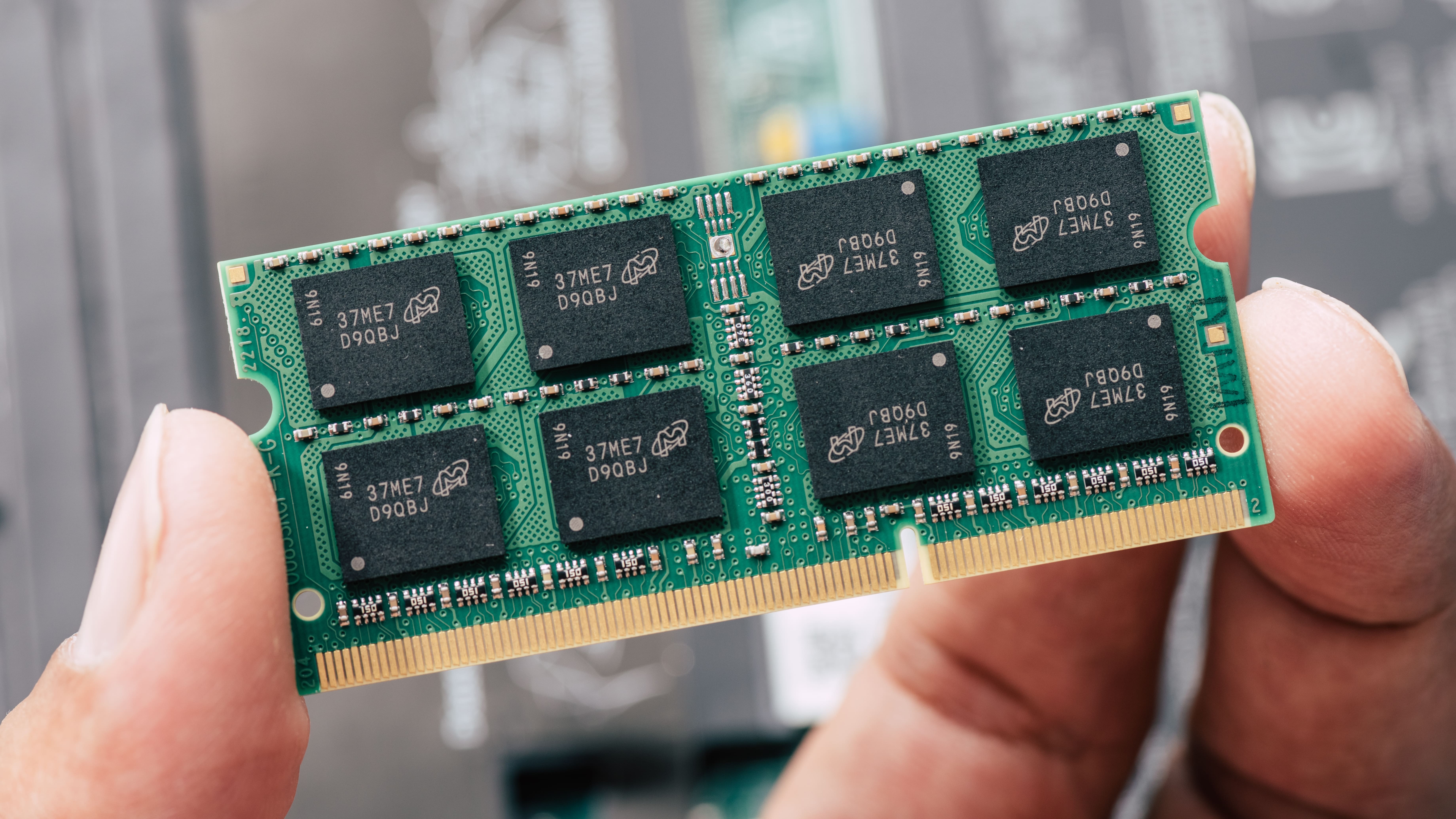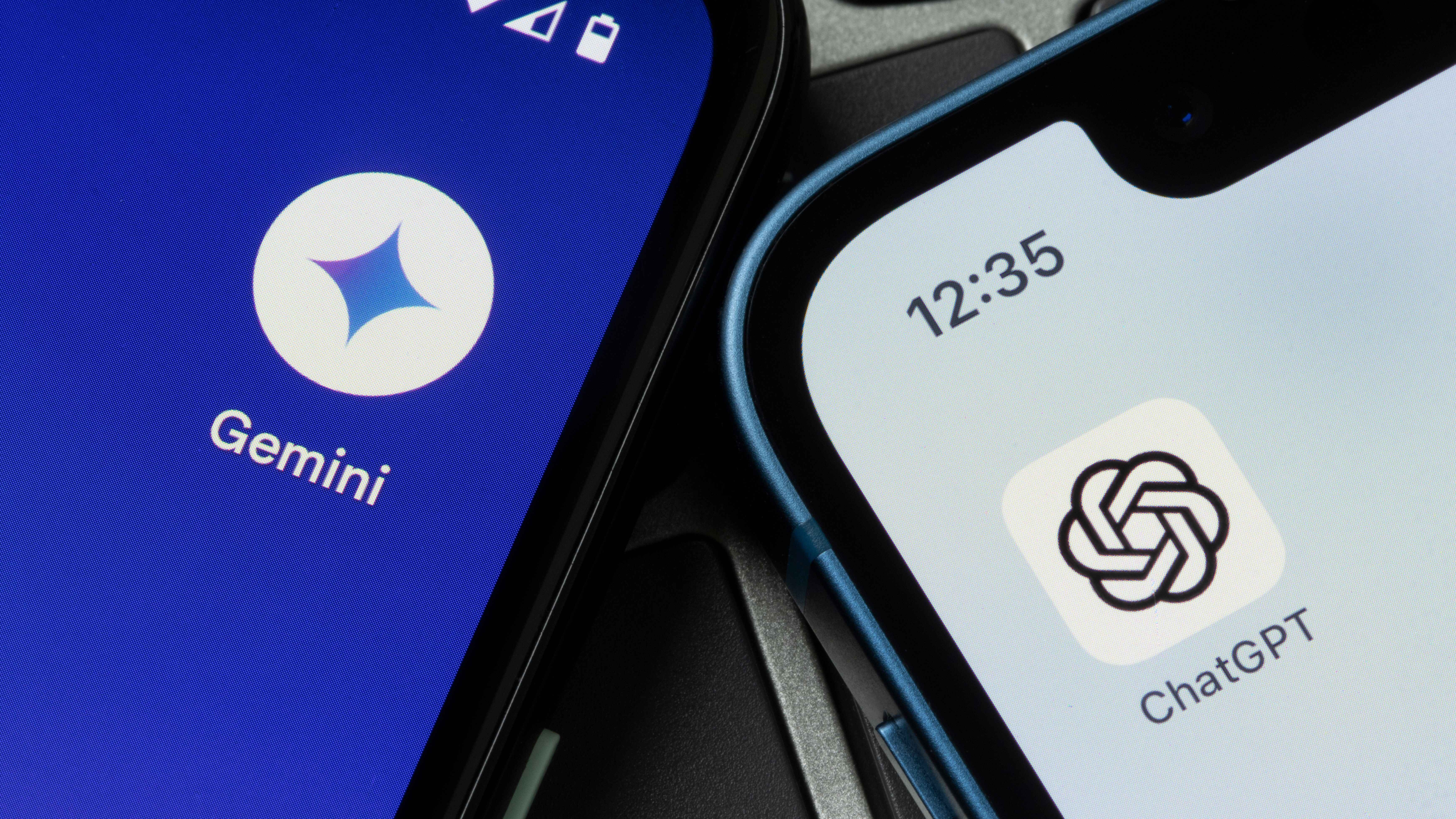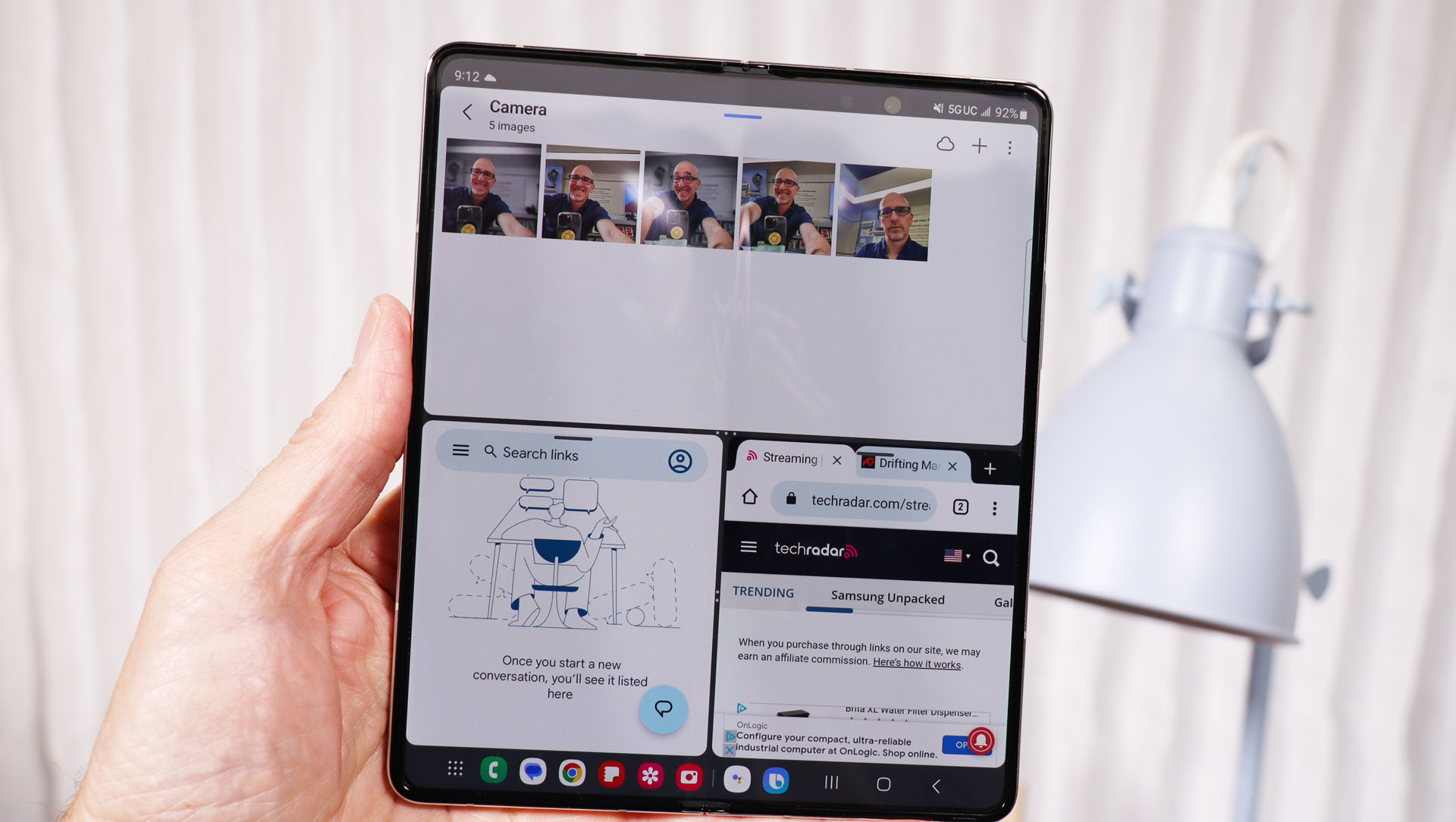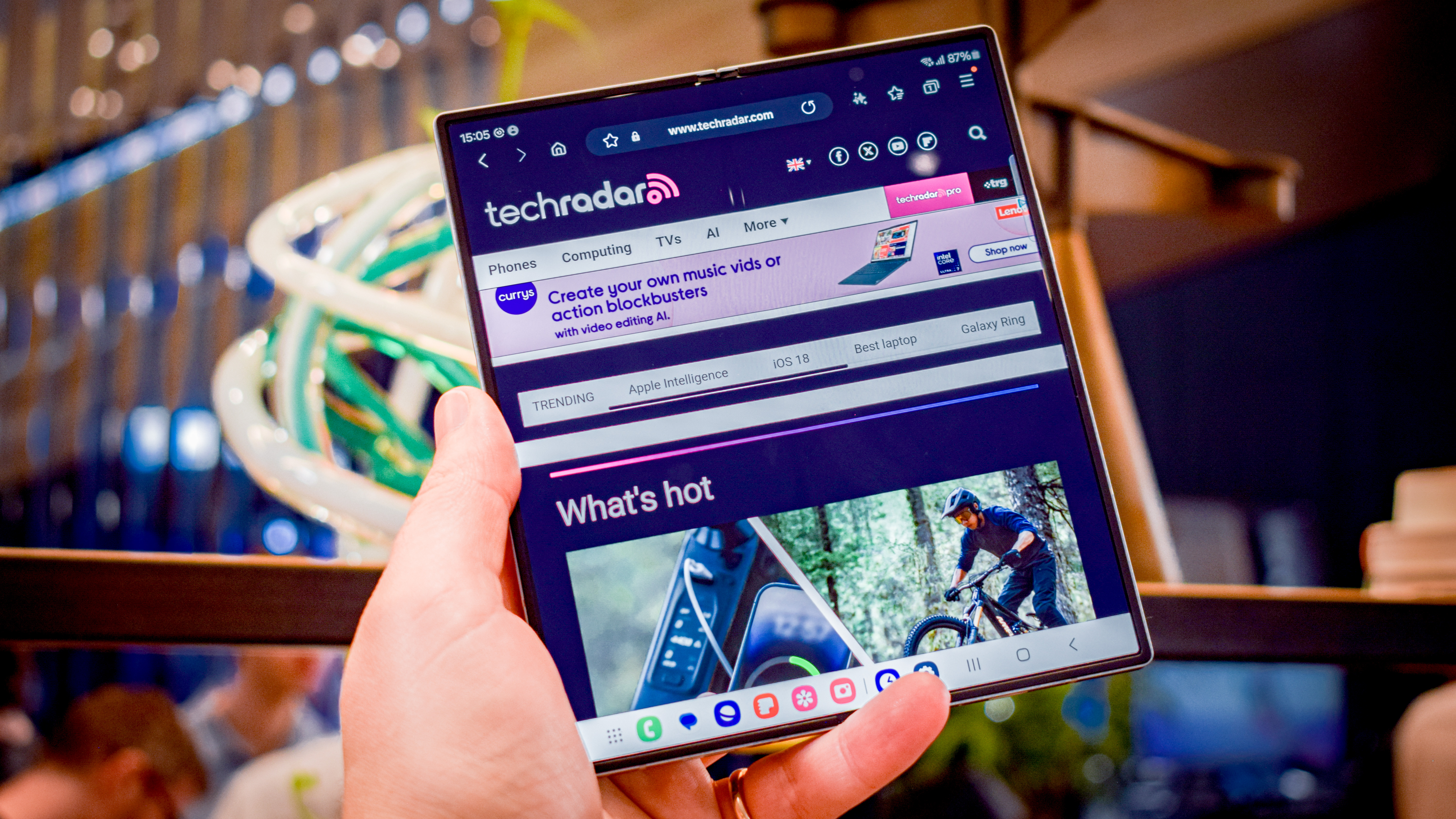Here’s why RAM is so important for new phones – and why it might be the key to AI like Apple Intelligence
Everything you need to know about random access memory in smartphones

As major phone makers continue to reveal new artificial intelligence tools and software suites (think Apple Intelligence, Google Gemini, and Galaxy AI), users are bound to wonder whether their devices will be able to keep up with the times.
After all, AI is still a relatively new technology, and one that can now make use of a phone’s hardware in different ways to everyday tasks like scrolling and streaming.
Whereas, traditionally, a phone’s system-on-a-chip (SoC) – comprising a central processing unit (CPU) and graphic processor (GPU), among other parts – was a core indicator of performance and smart capabilities, random access memory (RAM) is now being touted as the key bottleneck spec for AI.
But for the many users who don’t often think about what’s going on under the hood (or screen?) of their smartphone, this increasingly important term might not mean much. That’s why we’ve put together this guide to what RAM is, why it matters, and why it’s so integral to AI processing.
What is RAM?

Let's start with a simple definition: RAM is a temporary form of storage that devices use to store data they need to access quickly.
RAM is much, much faster than regular solid-state or spinning disk storage, but it requires constant power to store files. This is why restarting a device can often improve performance, as you’re clearing the RAM with each power cycle.
The amount of RAM a device has typically dictates how many apps can be run at the same time, how many browser windows can remain open, and the size of files that can be worked with.
Sign up for breaking news, reviews, opinion, top tech deals, and more.
Manufacturers typically don’t market RAM in the same way they do SoCs and other features. Instead, they typically just list a RAM amount in gigabytes (GB) on the specs sheet of the device in question.
The exception is Apple, which calls RAM “unified memory”. iPhones, like most smartphones, use a single pool of memory for the CPU and GPU, but Apple insists on using “unified memory” to better align the iPhone with its other devices.
Modern smartphones typically carry anywhere from 4GB to 12GB of RAM, a fair bit less than the best laptops and best tablets – since tasks completed on phones have historically not been as intensive as those completed on larger devices – though the median is increasing in preparation for AI features.
Other recent developments that have prompted an increase in mobile RAM include advances in mobile gaming and the use of phones as pseudo computers, with features like Samsung Dex.
Why does AI need a lot of RAM?

Smartphone RAM requirements are increasing with the introduction of advanced AI, which uses large amounts of data to learn and adapt to a user’s actions, directions, and preferences.
Large language models (LLMs) are the basis for new AI packages like Apple Intelligence, Google Gemini, and Galaxy AI – these can understand text input and generate new text in response.
LLM-based AI is so taxing that some implementations use cloud servers to host the actual processing, meaning the actual work behind AI tasks is done on more powerful computers with results sent back to your device. The best Honor phones, for instance, lean on Google Cloud for many of their AI features.
However, there are three incentives for manufacturers to keep AI on-device. The first is independence from internet connection, allowing users to use AI features even when offline. The second is improved responsiveness and load times that aren’t dependent on the strength of an internet connection. The third is security; on-device AI processing enhances data privacy by minimizing data transmission.

Of course, phones now need enough power to handle the large amounts of data and processing needed to make AI work. It tracks that we’re seeing some of the best phones come with more RAM. This year’s Google Pixel 9, for instance, launched with 12GB of RAM, up from 8GB on the Pixel 8, while the more premium Google Pixel 9 Pro launched with a whopping 16GB of RAM.
As Ars Technica reports, the Pixel 8 has not been granted full access to the Google Gemini AI feature set due to its lower RAM capacity – it’s instead hidden as a “developer option”.
On the Apple front, we've heard that XCode 16 – an Apple tool for developers – refers to all four iPhone 16 models as having 8GB of RAM. Because of this, we're confident that Apple has increased the RAM capacity of the iPhone 16 and iPhone 16 Plus from 6GB to 8GB (versus the iPhone 15 and iPhone 15 Plus), and that the iPhone 16 Pro and iPhone 16 Pro Max carry forward the same 8GB from their respective predecessors. This is almost certainly to allow the entire iPhone 16 series to use Apple Intelligence features.
What's more, longtime Apple analyst Ming-Chi Kuo has suggested that the iPhone 17 Pro Max will have 12GB of RAM, specifically to drive more AI capabilities.
How much RAM do I need?

How much RAM you need in your smartphone will depend on what, exactly, you want to do with it.
If you’re a light user, don’t do much multitasking, and don’t expect to use your phone for any major work or creative applications, then 6GB or even 4GB could be enough. You’ll find this much RAM offered in a range of devices, from the budget Samsung Galaxy A35 to higher-end models like the iPhone 15 Plus.
Those looking to run several apps concurrently, run some moderately resource-intensive games, or who want to implement AI features will likely do well with 8GB, which is set to become the new standard for mid-to-high-end handsets.
The iPhone 16 series launched with 8GB of RAM following Apple’s “It’s Glowtime” event on September 9. Other phones carrying 8GB of RAM include the mid-range Google Pixel 8a and the lower-end variant of the Nothing Phone 2a.
Professional users who rely on their phones for heavy workloads, those looking to run the most intensive games and apps, or users who want to make heavy use of AI may want to start at 12GB or even consider 16GB. This category is populated by high-end phones like the Samsung Galaxy Z Fold 6, Google Pixel 9 Pro, Google Pixel 9 Pro XL, and Motorola Edge 50 Ultra.

It’s worth keeping in mind that some phone makers tie RAM in with storage, so be sure to check the specifications of the specific model you’re considering. For example, the OnePlus 12 is offered with 12GB of RAM and 256GB of storage, or 16GB of RAM and 512GB of storage.
Of course, RAM is not the be-all and end-all of a phone’s performance – SoC power, storage speeds, and software optimization all play (and will continue to play) a large role in how snappy a phone feels to use and how quickly it can deal with tasks. This is one of the reasons why Apple’s iPhones have traditionally offered super-smooth performance despite having less RAM than some of the best Android phones.
In any case, if you’re in the market for a new phone and want our expert advice on which model to choose, be sure to check out our guide to the best phones available now.
You might also like

Jamie is a Mobile Computing Staff Writer for TechRadar, responsible for covering phones and tablets. A lifelong tech-obsessive, Jamie began his writing career as a music blogger before studying journalism at Goldsmiths College, and joined TechRadar in 2024. He thinks the iPhone 5S is the greatest phone of all time, but is currently an Android user.
As well as reporting on the latest in mobile hardware, software, and industry developments, Jamie specialises in features and long-form pieces that dive into the latest phone and tablet trends. He can also be found writing for the site's Audio and Streaming sections from time to time, or behind the decks as a DJ at local venues around London.